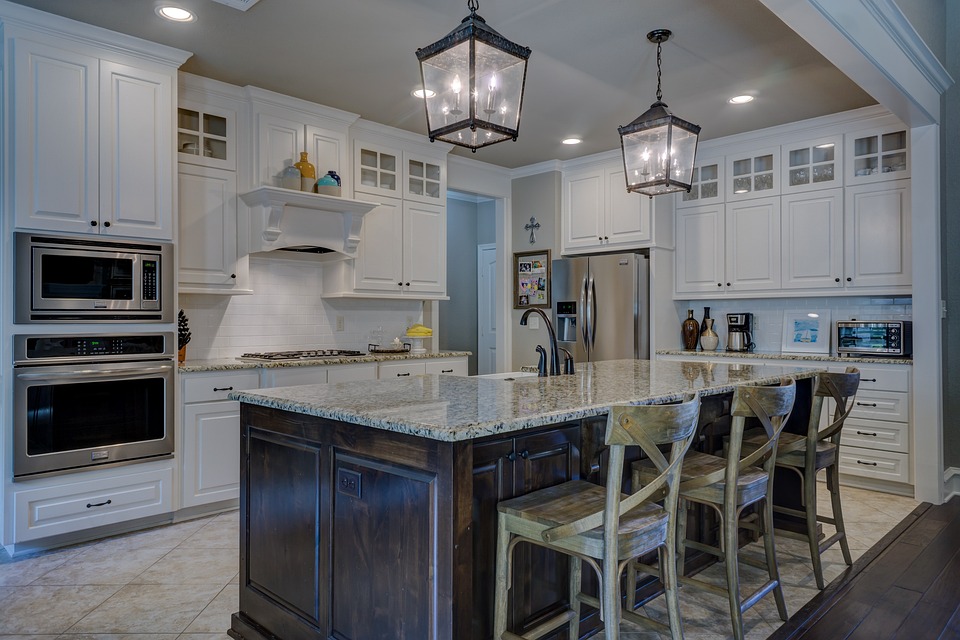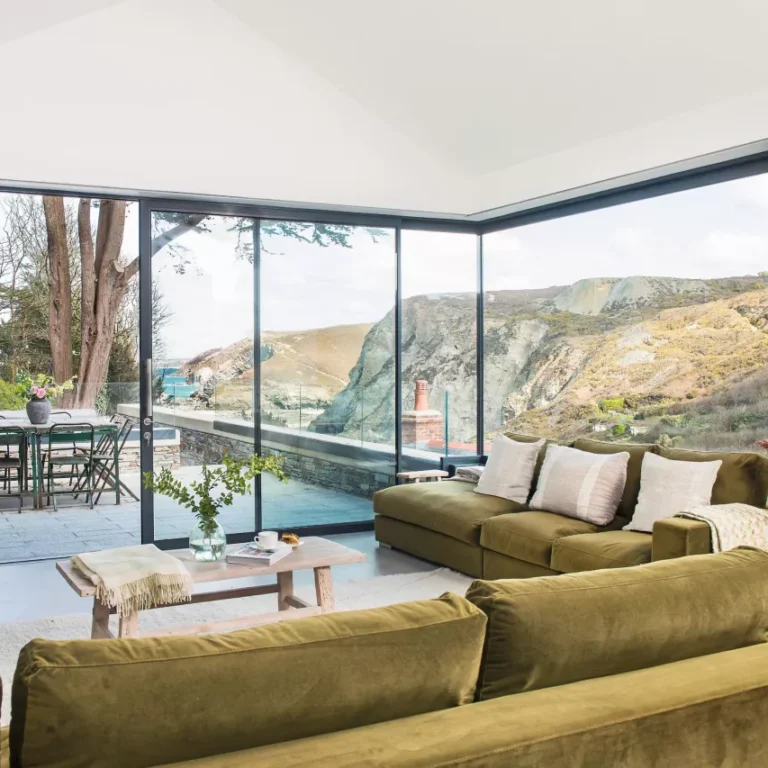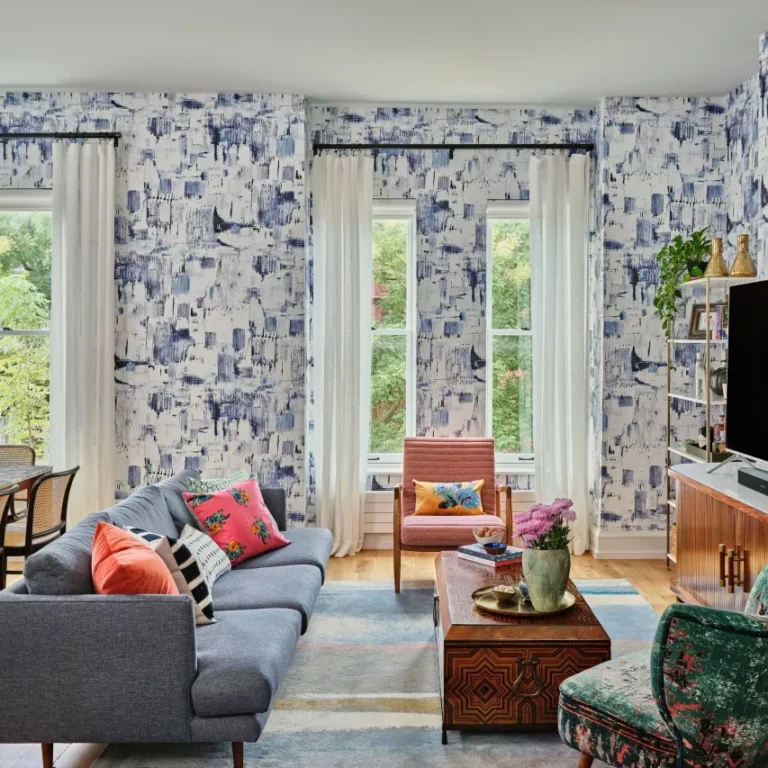Expert Tips for Arranging Your Home Furniture like a Pro
Are you tired of feeling dissatisfied every time you walk into your living room? Do you find yourself constantly rearranging furniture but never achieving the perfect layout? Well, fret no more! With a few expert tips, you can transform your home into a well-arranged, stylish haven that reflects your personal taste and maximizes the functionality of each space. In this article, we will provide you with valuable insights and practical advice on how to arrange your home furniture like a pro.
Table of Contents
- Introduction
- Assessing Your Space
- Defining the Room’s Purpose
- Choosing the Right Furniture
- Creating a Focal Point
- Establishing a Balanced Layout
- Considering Traffic Flow
- Utilizing Vertical Space
- Incorporating Lighting
- Mixing Textures and Colors
- Adding Decorative Accents
- Optimizing Storage Solutions
- Maintaining Flexibility
- Considering Ergonomics
- Conclusion
1. Introduction
When it comes to arranging furniture, it’s not just about making everything fit in a room. It’s about creating a harmonious and functional space that enhances your daily life. Whether you’re starting from scratch or revamping your current layout, these expert tips will guide you towards achieving the perfect arrangement that suits your lifestyle and aesthetic preferences.
2. Assessing Your Space
Before diving into furniture arrangement, it’s crucial to evaluate the size, shape, and architectural features of your room. Measure the dimensions accurately, take note of doorways, windows, and any other obstacles. This assessment will help you determine what furniture pieces will fit best and how to optimize the available space.
3. Defining the Room’s Purpose
Each room in your home serves a specific purpose, and the furniture arrangement should align with that purpose. Decide whether the room will be used for relaxation, entertainment, work, or a combination of functions. This clarity will influence your furniture selection and arrangement choices.
4. Choosing the Right Furniture
Selecting the right furniture is crucial for achieving a well-arranged space. Consider the size, style, and functionality of each piece. Opt for furniture that fits the scale of the room and complements its overall design. Strike a balance between comfort and aesthetics while keeping practicality in mind.
5. Creating a Focal Point
Every well-designed room needs a focal point, a visually captivating element that draws attention and anchors the space. It could be a fireplace, a statement piece of furniture, or a stunning artwork. Arrange your furniture around this focal point to create a cohesive and inviting atmosphere.
6. Establishing a Balanced Layout
Balance is key to successful furniture arrangement. Distribute the visual weight evenly across the room by arranging furniture symmetrically or asymmetrically. Avoid placing all the heavy pieces on one side, as it can make the room feel lopsided. Experiment with different arrangements until you find the most pleasing balance.
7. Considering Traffic Flow
To ensure a seamless flow and easy movement within the room, consider the traffic flow when arranging furniture. Allow enough space for people to walk comfortably without obstacles. Avoid blocking pathways or creating cramped areas that hinder movement and make the room feel congested.
8. Utilizing Vertical Space
Don’t forget about the vertical dimension of your room. Make use of tall bookcases, wall shelves, or floor-to-ceiling curtains to create a sense of height and add visual interest. Utilizing vertical space not only maximizes storage opportunities but also enhances the overall aesthetics of the room.
9. Incorporating Lighting
Lighting plays a vital role in setting the mood and highlighting key areas of your room. Combine natural and artificial lighting to create a warm and inviting ambiance. Use a variety of lighting fixtures, such as overhead lights, floor lamps, and table lamps, to provide both task lighting and ambient lighting.
10. Mixing Textures and Colors
Introduce depth and visual richness to your room by mixing different textures and colors. Experiment with contrasting materials, such as smooth and rough surfaces, or combine bold and neutral hues. This interplay of textures and colors adds dimension and creates an engaging environment.
11. Adding Decorative Accents
Decorative accents are the finishing touches that bring personality and style to your space. Incorporate accessories such as throw pillows, rugs, artwork, and plants to infuse character and visual appeal. Be mindful not to overcrowd the room with too many accents; instead, opt for a curated selection that complements the overall aesthetic.
12. Optimizing Storage Solutions
Clutter can disrupt the visual harmony of a well-arranged room. Invest in smart storage solutions to keep your space organized and tidy. Choose furniture pieces that offer built-in storage or incorporate standalone storage options like ottomans or baskets. Concealing clutter will contribute to a more serene and inviting atmosphere.
13. Maintaining Flexibility
Life is constantly changing, and so should your furniture arrangement. Maintain flexibility by selecting modular or multifunctional furniture pieces that can adapt to different needs. This adaptability allows you to rearrange the room easily whenever you desire a fresh look or need to accommodate new activities.
14. Considering Ergonomics
Comfort is paramount when arranging furniture, especially in areas where you spend a significant amount of time, such as your living room or office. Pay attention to ergonomics by ensuring proper seating height, adequate lumbar support, and appropriate desk or table heights. Prioritize your physical well-being while designing your space.
15. Conclusion
Arranging your home furniture like a pro requires careful thought and consideration. By following these expert tips, you can create a space that is not only aesthetically pleasing but also functional and comfortable. Remember to assess your space, define the room’s purpose, select the right furniture, and establish a balanced layout. Consider traffic flow, utilize vertical space, and incorporate lighting to enhance the ambiance. Mix textures and colors, add decorative accents, and optimize storage solutions. Maintain flexibility and prioritize ergonomics to ensure a well-arranged space that suits your needs and reflects your personal style.
FAQs
- Q: How often should I rearrange my furniture? A: There is no specific timeframe for rearranging furniture. You can do it whenever you feel the need for a change or want to optimize your space.
- Q: Should all furniture be placed against the walls? A: No, not all furniture needs to be placed against the walls. Experiment with different arrangements, including floating furniture, to create a more dynamic layout.
- Q: How can I make a small room appear larger with furniture arrangement? A: To make a small room appear larger, choose furniture that is proportional to the space, use mirrors to create the illusion of depth, and keep the room clutter-free.
- Q: What are some common furniture arrangement mistakes to avoid? A: Avoid blocking natural light sources, overcrowding the room with too much furniture, and neglecting the importance of traffic flow when arranging your furniture.
- Q: How can I incorporate personal style into my furniture arrangement? A: Incorporate personal style through decorative accents, artwork, and color choices. Mix and match furniture pieces that reflect your unique taste and preferences.







